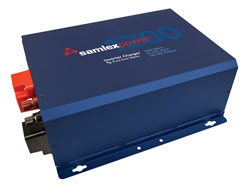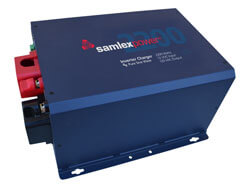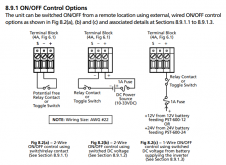As I browse the different posts about battery builds, I have seen several users building 280ah 4s packs and then trying to find Quality/Inexpensive/HighAmp BMS's able to support say a 2000 watt inverter. Quality/Inexpensive/HighAmp BMS seems like a Venn diagram. You can only pick 2.
I hesitate to use say a Daly 200 on a 280ah pack as I have not seen great consistency. Overkill seems to have good reliability and great service but for 12v only 120amp capability. Jumping to the next level of a Tiny BMS I haven't seen good results with relays. Probably not researched enough and only seen people trying to use cheap relays.
So my question/thought is would it be better to build 100ah packs with Overkill 120amp BMS and run them in parallel? At least until something is on the market with higher 12v high amp output? Parallel Overkill BMS on the same pack is not recommended so won't entertain that. If the man says not to do it, then I would suspect a warrantee issue.
This completely excludes 24 and 48 volt as that is another discussion.
Feel free to completely tear apart this post as I may just be ignorant.
I hesitate to use say a Daly 200 on a 280ah pack as I have not seen great consistency. Overkill seems to have good reliability and great service but for 12v only 120amp capability. Jumping to the next level of a Tiny BMS I haven't seen good results with relays. Probably not researched enough and only seen people trying to use cheap relays.
So my question/thought is would it be better to build 100ah packs with Overkill 120amp BMS and run them in parallel? At least until something is on the market with higher 12v high amp output? Parallel Overkill BMS on the same pack is not recommended so won't entertain that. If the man says not to do it, then I would suspect a warrantee issue.
This completely excludes 24 and 48 volt as that is another discussion.
Feel free to completely tear apart this post as I may just be ignorant.






